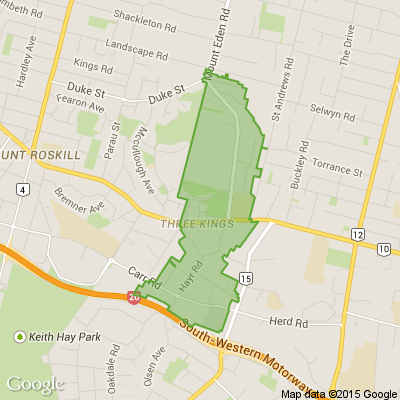What workplace change would you like to see most?
This coming Monday is Labour Day in New Zealand. This public holiday marks when the eight-hour workday and 48-hour workweek became law in 1899. The idea started with Samuel Parnell, a carpenter in Wellington, who in 1840 refused to work more than eight hours a day. Since skilled workers were in short supply, his employer had to agree.
As more skilled workers arrived, employers tried to change working conditions, but Parnell and others kept pushing for better rights. In 1890, Parnell led a Labour Day parade of 1,500 people to promote the eight-hour day. He passed away shortly after, and nine years later, Labour Day became an official public holiday.
Do you feel that we have reached the ideal in working environments yet? What rights are you passionate about relating to employment? Share your thoughts!

⚠️ DOGS DIE IN HOT CARS. If you love them, don't leave them. ⚠️
It's a message we share time and time again, and this year, we're calling on you to help us spread that message further.
Did you know that calls to SPCA about dogs left inside hot cars made up a whopping 11% of all welfare calls last summer? This is a completely preventable issue, and one which is causing hundreds of dogs (often loved pets) to suffer.
Here are some quick facts to share with the dog owners in your life:
👉 The temperature inside a car can heat to over 50°C in less than 15 minutes.
👉 Parking in the shade and cracking windows does little to help on a warm day. Dogs rely on panting to keep cool, which they can't do in a hot car.
👉 This puts dogs at a high risk of heatstroke - a serious condition for dogs, with a mortality rate between 39%-50%.
👉 It is an offence under the Animal Welfare Act to leave a dog in a hot vehicle if they are showing signs of heat stress. You can be fined, and prosecuted.
SPCA has created downloadable resources to help you spread the message even further. Posters, a flyer, and a social media tile can be downloaded from our website here: www.spca.nz...
We encourage you to use these - and ask your local businesses to display the posters if they can. Flyers can be kept in your car and handed out as needed.
This is a community problem, and one we cannot solve alone. Help us to prevent more tragedies this summer by sharing this post.
On behalf of the animals - thank you ❤️

We're talking new year resolutions...
Tidying the house before going to bed each night, meditating upon waking or taking the stairs at work.
What’s something quick, or easy, that you started doing that made a major positive change in your life?

NEW STOCK JUST ARRIVED
**⚡⚡⚡BACK IN STOCK - OUR MONSTA CORNER SUITE🔥🔥🔥
**⚡⚡⚡BACK IN STOCK - OUR MONSTA CORNER SUITE 🔥🔥🔥
🔥⚡🔥⚡🔥⚡🔥ONLY $2995⚡⚡⚡⚡⚡
👀🔥⚡THE LAST CONTAINER SOLD OUT IN WEEKS
👀🔥⚡2820MM BY 2820MM BY 1300MM DEEP
👀🔥⚡NEW FABRIC
👀🔥⚡TWO COLOURS
👀🔥⚡GREY OR BEIGE
👀🔥⚡DEEP SEATS
👀🔥⚡CUSHIONS INCLUDED
🔥🔥🔥WHY PAY UP TO $6500 FOR A SIMILAR SUITE - OUR PRICE $2995🥳🥳🥳🥳
GET INTO FURNITURE CLEARANCE CENTRES - 33 NELSON ST PUKEKOHE AND 211 GREAT SOUTH RD TAKANINI**













 Loading…
Loading…




